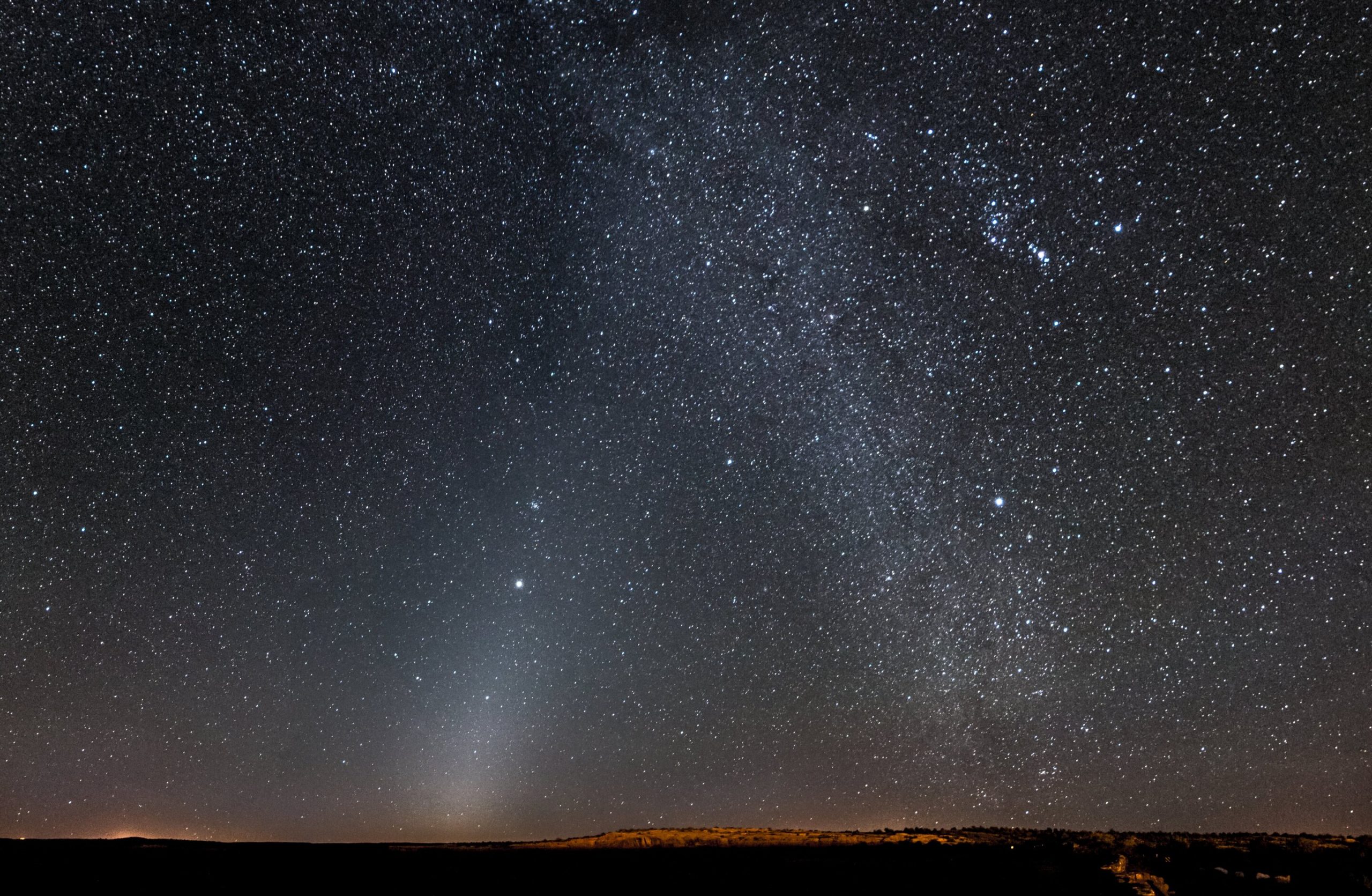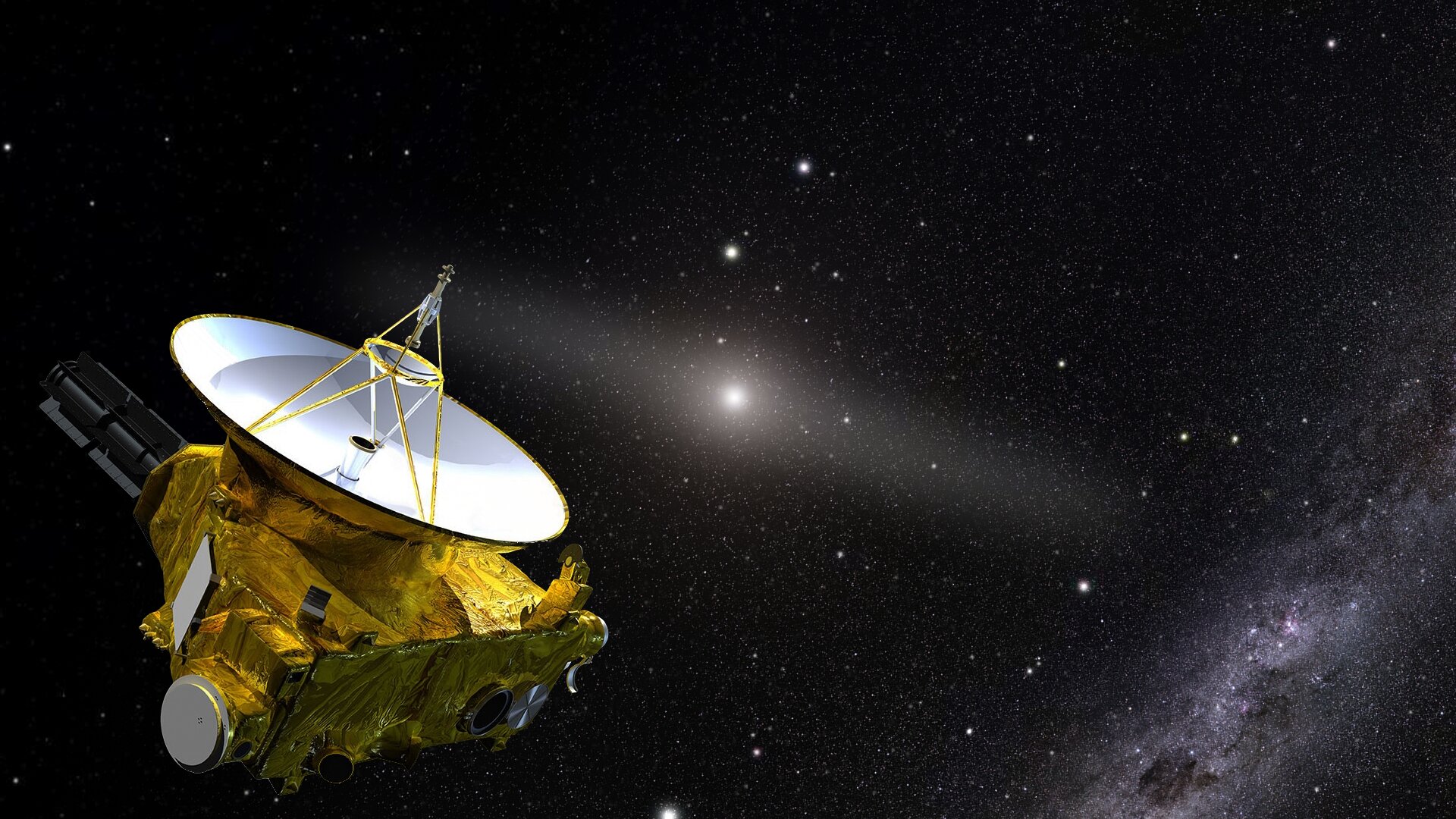How dark is space? If you don't look at the city lights, but up at the sky, then between the stars there really is
New dimensions of this faint background glowshow that there are fewer invisible galaxies than some theoretical studies had suggested, and their number is only in the hundreds of billions: previously thought there were about two trillion.

This photograph shows a phenomenon thatcalled zodiacal light. The patch of light in the lower left extends into the upper right, toward Jupiter. This glow occurs because sunlight reflects off tiny dust particles in the inner Solar System—the broken remains of comets and asteroids.
Attempts to measure the darkness of space usingtelescopes like Hubble have been disrupted by this light. As a result, astronomers relied on NASA's New Horizons spacecraft to observe the sky without zodiacal light. The faint background they measured is similar to the situation if you look at the light of a refrigerator that is half a kilometer away.

The cosmic optical background tells us thatthe sum of all the stars that have ever formed since the creation of the galaxy. This places a limit on the total number of galaxies that are created and where they can be found.
Read more:
Research: humans will not be able to control superintelligent AI machines
Abortion and science: what will happen to the children who will give birth
Check out the most beautiful pictures of Hubble. What has the telescope seen in 30 years?